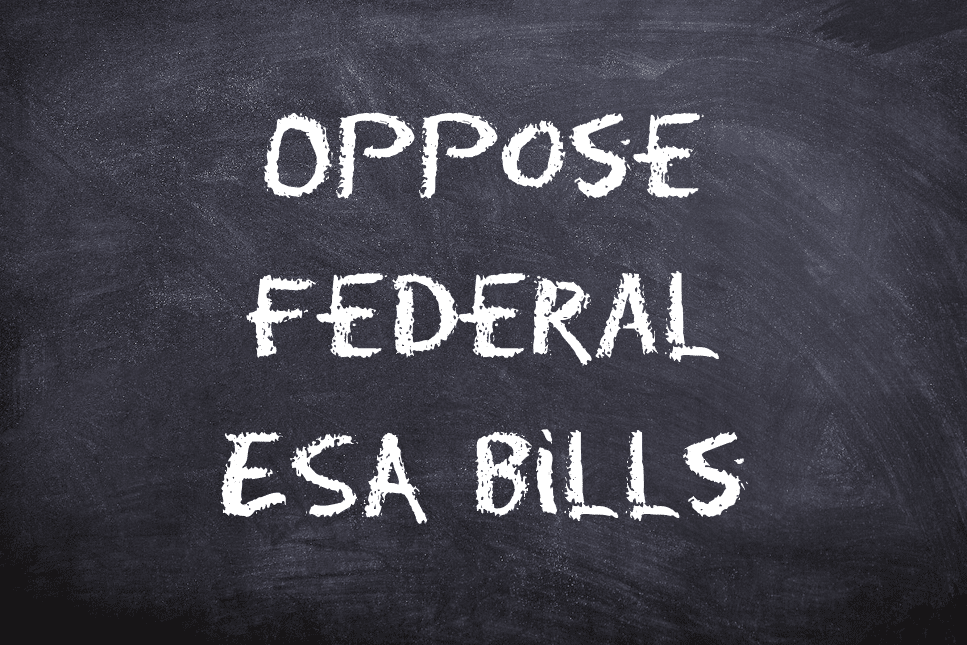Alert Summary
Congress is considering H.R. 571, H.R. 563, S. 105, and H.R. 609, which would further entangle the federal government — unconstitutionally — in education and potentially threaten educational freedom by shackling parents and religious schools to government funding and the various strings attached.
Take Action NowContact your Representative
Please help stop H.R. 571, H.R. 563, S. 105, and H.R. 609 by contacting your U.S. representative and senators. Inform them of how these programs threaten genuine educational freedom, and urge them to instead follow the U.S. Constitution by completely removing the federal government from education policy.
Clicking this button will take you to a page where you can send a pre-written letter, call your officials, and/or send video messages.

Congress is considering various ESA bills. Education scholarship/savings accounts (ESAs) are special accounts used by the government to give parents “public funds” (i.e., government money) to get their children out of government-run public or charter schools and place them in private school or to home school them. The problem with these bills is that they would further entangle the federal government — unconstitutionally — in education and potentially threaten educational freedom by shackling parents and religious schools to government funding and the various strings attached.
Several such bills have been introduced in the current Congress. These include:
- H.R. 571, the “SCHOOL Act of 2023”: This bill would allow federal education funds “to follow the student … whether learning in person or remotely, to the public school, private school, or home school they attend.”
- H.R. 463 and S. 105, the “Children Have Opportunities in Classrooms Everywhere Act”: These bills would allow 529 plans to be used for elementary and secondary school expenses, including in private and home schools, and requires federal funding to be used for such plans.
- H.R. 609, the “Education, Achievement, and Opportunity Act”: This bill would create a refundable tax credit for education expenses, up to $10,000 for each student.
Although these bills might sound good, they actually represent a major — and potentially disastrous — expansion of federal meddling in private and home education.
First, the U.S. Constitution doesn’t give the federal government any role in education, and the 10th Amendment affirms that education policy lies with the states and the people. Congress should enact legislation getting the federal government out of education — not expanding its involvement.
Furthermore, when the federal government uses taxpayer money to pay for private and home schools, it can easy attach strings to such funding. If parents and religious schools become dependent on federal funds, they will have little choice but to eventually accept the federal government’s stipulations, including those mandating “woke” curriculum and other leftist policies.
Finally, vouchers and ESAs are closely connected to the United Nations and its push to indoctrinate children with international-socialist ideology. For example, the UN’s education agency, UNESCO, has advocated subsidizing private schools with tax money in order to control them — i.e., impose the same leftist standards on them as public schools — thus enabling the implementation of the UN’s totalitarian Agenda 2030 scheme.
More information on the dangers of vouchers and ESAs can be found in Alex Newman’s article “Vouchers: ‘School Choice’ Trap” in the April 10, 2023 issue of The New American magazine.
Contact your U.S. representative and senators and urge them to oppose H.R. 571, H.R. 563, S. 105, H.R. 609, and any other bill creating or promoting school vouchers or “Education Savings Accounts” (ESAs). Instead, urge them to get the federal government completely out of education.
Although we provide a way to easily email legislators, we know from long experience that it takes a lot more interaction with your legislators to get your point across than that provided by emails alone.
That's why we provide an easy way not only to email them, but to contact them by phone, tweet, and even video message them.
